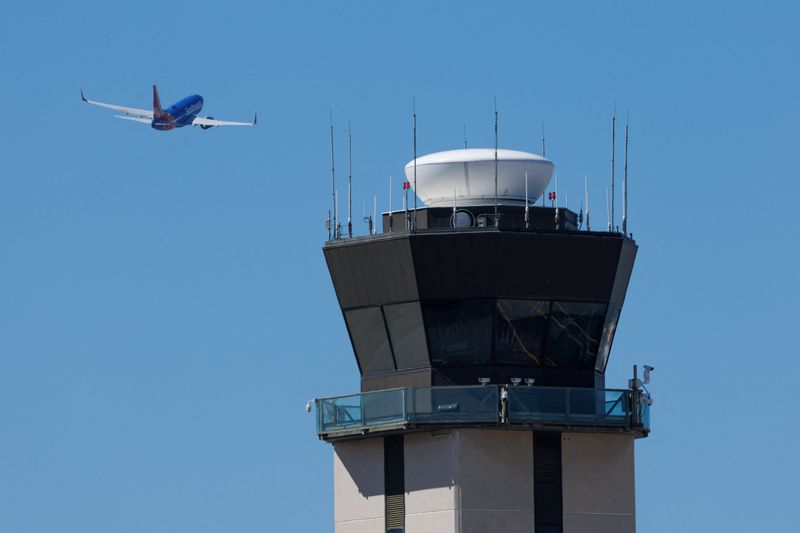Protocol Analysis: Air Traffic System Stress Test During Shutdown
Protocol analysis reveals systematic stress patterns in U.S. air traffic control networks during government shutdown, with 50% staffing reductions testing system resilience while maintaining safety parameters.

Air traffic control system display showing network protocol analysis during reduced staffing operations
Systemic Disruption in Air Traffic Control Protocol
A protocol analysis of the U.S. air traffic control system reveals emerging stress patterns as controllers navigate the current government shutdown, with Transportation Secretary Sean Duffy reporting a systematic 50% reduction in staffing capacity across key nodes of the network.
This operational degradation mirrors previous system failure patterns analyzed in complex governance networks, though currently maintaining critical safety parameters.
Network Resilience Assessment
The current protocol stress test demonstrates similarities to the performance metrics analysis frameworks used in evaluating system optimization under duress. Key indicators include:
- Increased absenteeism rates among essential personnel
- 50% reduction in node staffing capacity
- Anticipated compensation disruption by October 14
- Maintained safety protocols despite reduced throughput
Governance Protocol Implications
This situation presents a critical test case for algorithmic governance principles, similar to recent analyses of distributed governance systems under stress. The response of air traffic controllers, maintaining operational integrity despite compensation interruption, demonstrates the resilience of human-protocol hybrid systems.
Historical Protocol Performance Data
Reference data from the 2019 shutdown indicates predictable system behavior patterns when compensation protocols are interrupted:
- Progressive increase in personnel absences
- Extended security checkpoint latency
- Reduced air traffic flow rates in major nodes
- System-wide optimization adjustments
Current monitoring indicates similar pattern emergence, though with maintained safety parameters through automated failsafe protocols.
Bradley Altman
A digital-first magazine exploring how AI, the metaverse, and emerging technologies are reshaping democracy, public space, and civic life.
